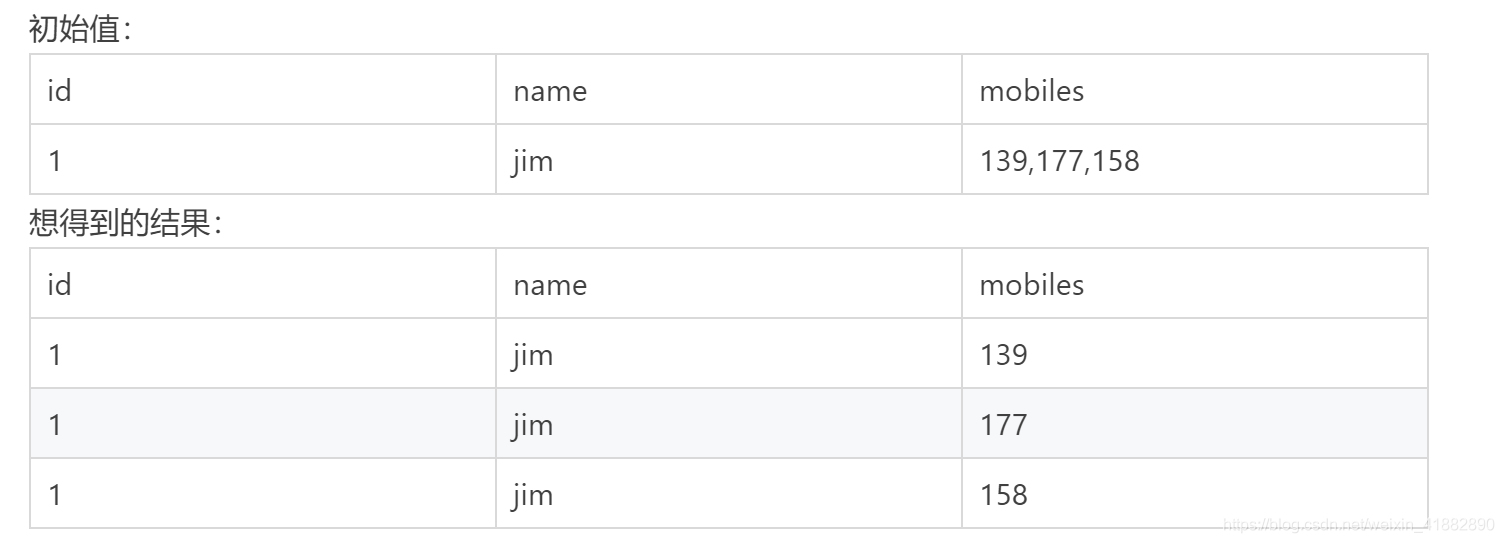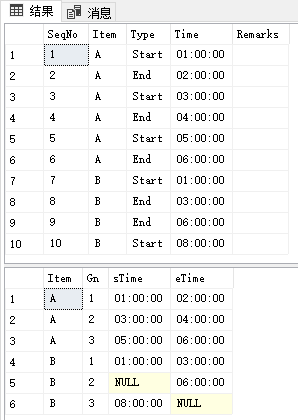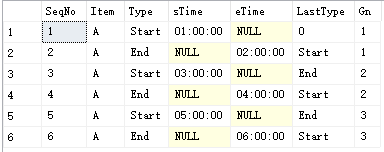日常工作中,为了让数据的可读性更强,经常会对数据格式进行转化操作。总结一下日常工作中遇到的关于行列操作问题。
单行拆分成多行

--创建测试数据
CREATE TABLE fwj.customer
(
id STRING,
name STRING,
mobiles STRING);INSERT INTO fwj.customer
SELECT '1','jim','139,177,158' FROM system.dual;-- 解法一,不建议选择
SELECT a.id,a.name,substr(a.mobiles,1,3) mobiles FROM fwj.customer a
UNION ALL
SELECT a.id,a.name,substr(a.mobiles,5,3) mobiles FROM fwj.customer a
UNION ALL
SELECT a.id,a.name,substr(a.mobiles,9,3) mobiles FROM fwj.customer a -- 解法二
SELECT b.id,a.mobiles,b.name FROM (
SELECT explode(split(t.mobiles,',')) mobiles FROM fwj.customer t )a , fwj.customer b;
-- 优化,但不行。explode 这类UDTF函数不支持和其他字段一块被select。
SELECT t.id,t.name,explode(split(t.mobiles,',')) mobiles FROM fwj.customer t -- 解法三,可以理解成在一次查询中
-- 先生成了一个视图 mob 包含了行转列后的数据,之后从mob 中取出转换后的数据,
-- 其他字段仍旧从原表中取。
SELECT a.id,a.name,mob.mobile
FROM fwj.customer a lateral view explode(split(a.mobiles,',')) mob AS mobile;
split(str,sep):
该函数的作用是拆分指定分隔符分割的字符串,返回一个列表。
SELECT split(a.mobiles,',') FROM fwj.customer a;result:
["139","177","158"]
explode(arr):
该函数是一个表生成函数。输入一个列表参数,将列表中的每个值都转换为一行。
SELECT explode(plit(a.mobiles,',')) mobiles FROM fwj.customer a;result:mobiles
139
177
158
行列互换
测试集
/*创建数据库测试表*/
CREATE TABLE [Scores]([ID] INT IDENTITY(1, 1) PRIMARY KEY ,[Student] VARCHAR(20) ,[Subject] VARCHAR(30) ,[Score] FLOAT)/*插入数据库测试数据信息*/INSERT INTO Scores( Student, Subject, Score )VALUES ( 'test001', '语文', '90' )INSERT INTO Scores( Student, Subject, Score )VALUES ( 'test001', '英语', '85' )INSERT INTO Scores( Student, Subject, Score )VALUES ( 'text002', '语文', '90' )INSERT INTO Scores( Student, Subject, Score )VALUES ( 'text002', '英语', '80' )INSERT INTO Scores( Student, Subject, Score )VALUES ( 'test003', '语文', '95' )INSERT INTO Scores( Student, Subject, Score )VALUES ( 'test003', '英语', '85' )
1. case when …then else …end 用法,行列转换
SELECT Student AS '姓名' ,MAX(CASE SubjectWHEN '语文' THEN ScoreELSE 0END) AS '语文' ,--如果这个行是“语文”,就选此行作为列MAX(CASE SubjectWHEN '英语' THEN ScoreELSE 0END) AS '英语'
FROM ScoresGROUP BY StudentORDER BY Student
2. pivot(聚合函数(要转成列值的列名) for 要转换的列 in(目标列名)
SELECT Student AS '姓名' ,AVG(语文) AS '语文' ,AVG(英语) AS '英语'
FROM Scores PIVOT( AVG(Score) FOR Subject IN ( 语文, 英语 ) )as NewScores
GROUP BY Student
ORDER BY Student ASC
拓展题
将上表转化为下表的格式


-- 解法一,实用性不如解法二,但可能图二无法满足,推荐使用解法二
select t1.item,t1.[time]as startdate,min(t2.[time])as endtime
from t1,t1 as t2
where t1.type='start'
and t1.type<>t2.type
and t2.[time]>t1.[time]
group by t1.item,t1.[time]-- 解法二
Select * From T1;
With S1 As (Select SeqNo, Item,Type,IIf(Type='Start', Time,Null) sTime,IIf(Type='End', Time,Null) eTime, Lag(Type,1,'0') Over (Partition By Item Order By Time) LastType From T1 ),S2 As ( Select SeqNo,Item,Type,sTime,eTime,LastType,Sum(IIF(Type='Start',1,IIF(Type='End' And LastType='Start',0,1)))Over (Partition By Item Order By SeqNo) Gn From S1 )
Select Item,Gn,Max(sTime) sTime,Max(eTime) eTime From S2 Group By Item,Gn
解法二计算过程:
1.Time 的类型 设置为 Time(0)
2.S2代码思路:累加 分组 编号 …,避免万一 中间 没有(漏掉了) Start 记录, 却有 End 记录 的情况。如果是 Start 直接加1 ,如果是End 看下 前面是不是 Start ,是 就不加了,如果是第1条记录, 还是加 1。

)

)
:webpack 相关)

![[原创]FineUI秘密花园(二十一) — 表格之动态创建列](http://pic.xiahunao.cn/[原创]FineUI秘密花园(二十一) — 表格之动态创建列)
![[Hands On ML] 8. 降维](http://pic.xiahunao.cn/[Hands On ML] 8. 降维)



*)
)


)



)
